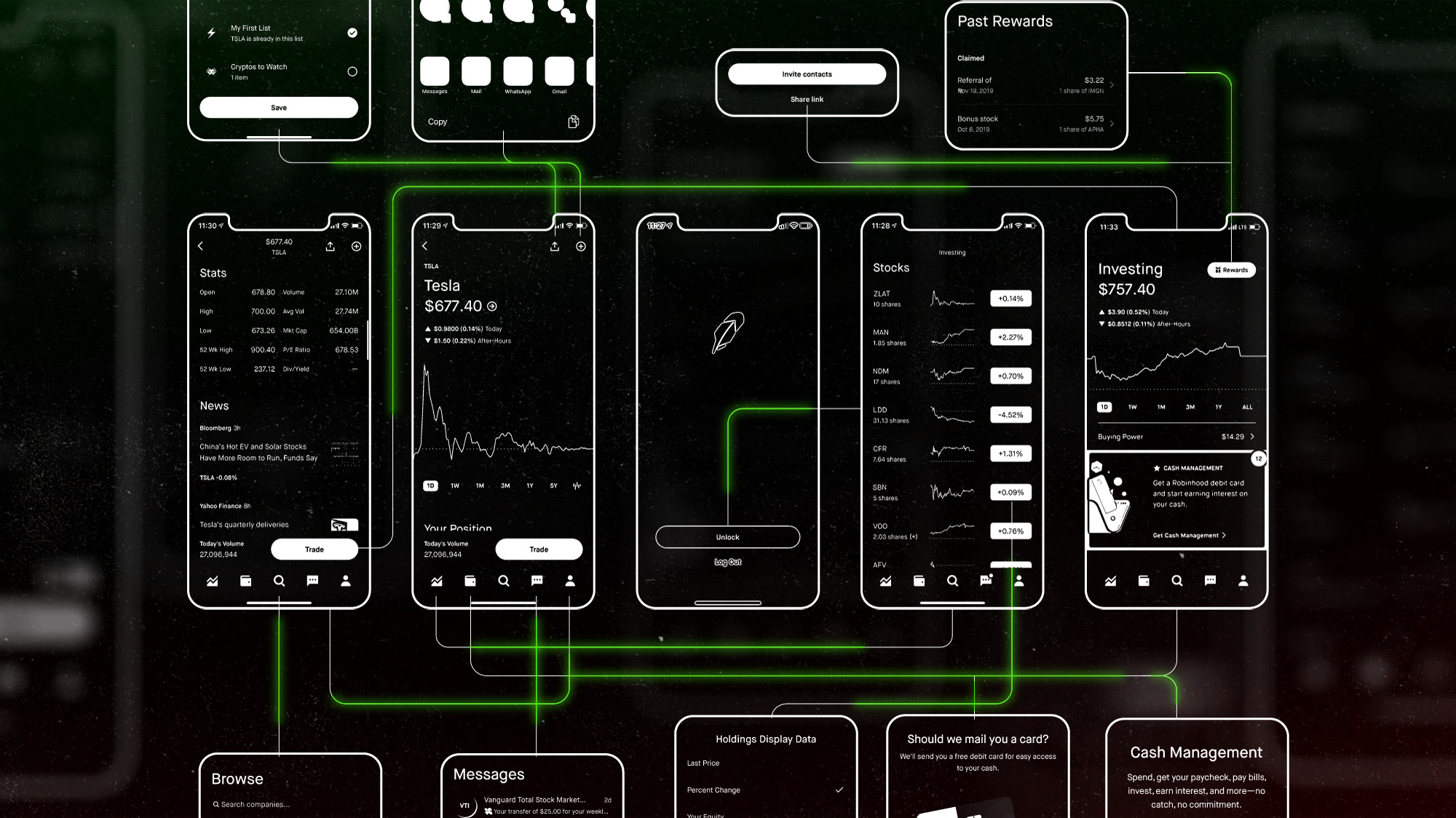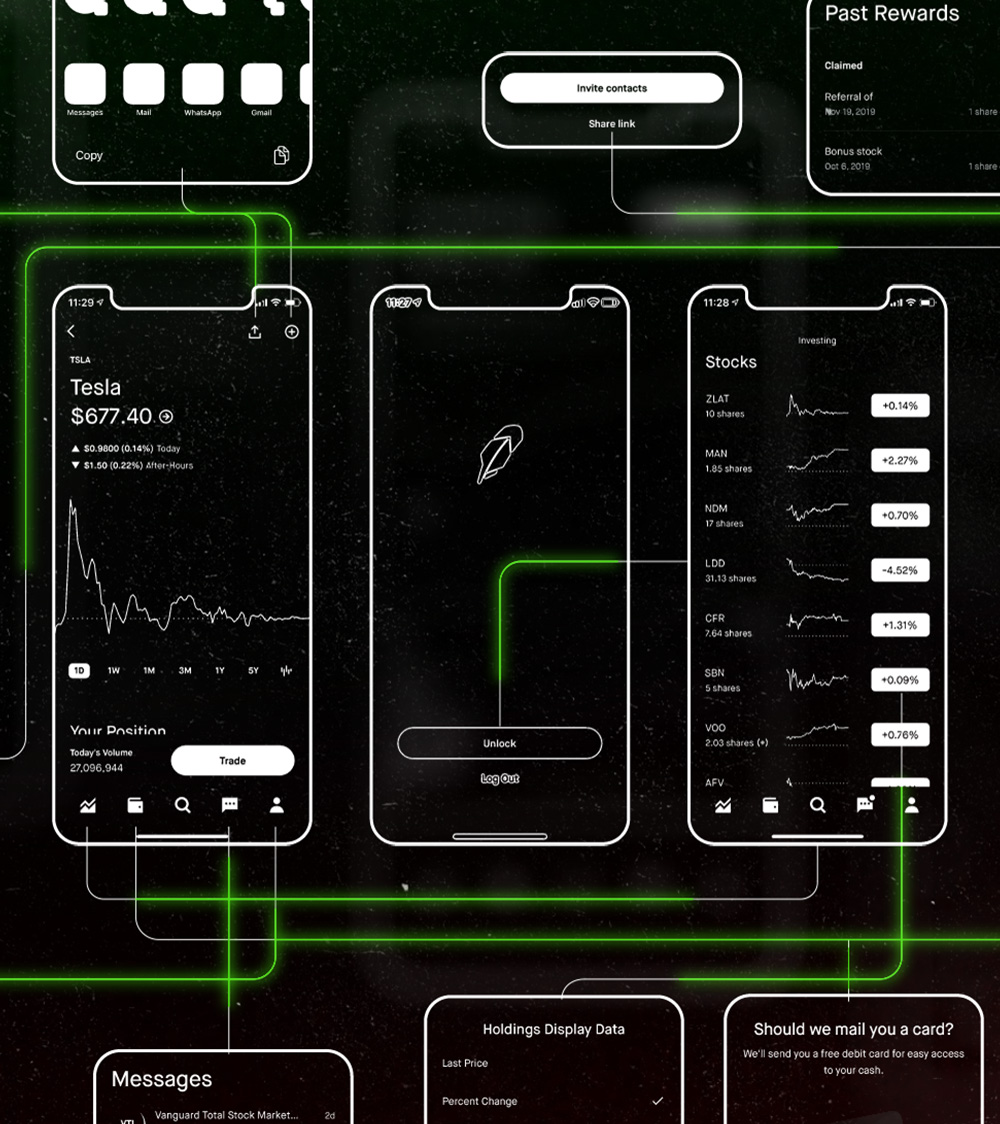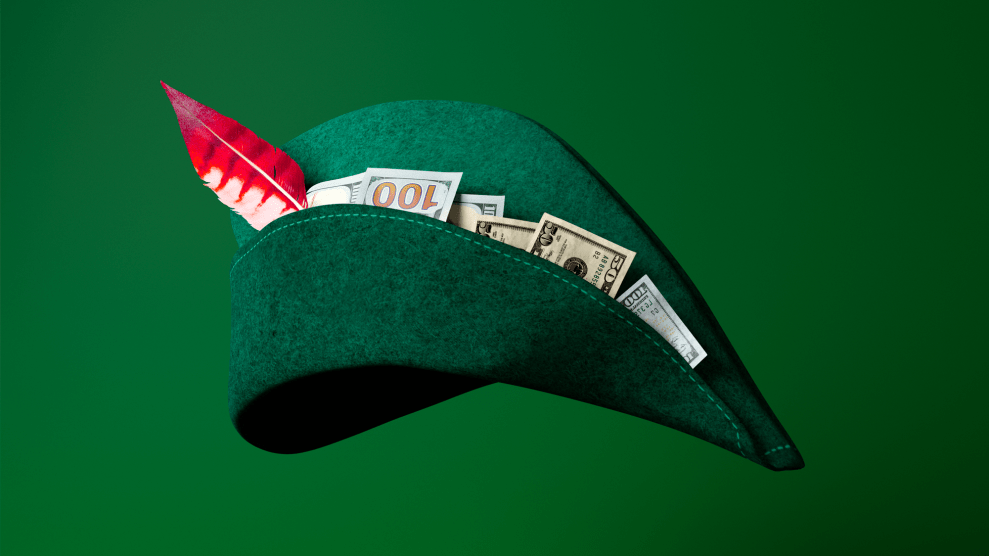When my colleague Hannah Levintova mentioned she was reporting on the suicide of Alex Kearns, a young Robinhood trader, I instantly took note.
It’s a tragic case, where a trade involving a complex financial instrument that had been translated into a slick phone interface went bad. The trading app with a self-described mission to “democratize finance for all” notified him that he was $730,000 in the red. Robinhood didn’t respond to his panicked emails. There was no obvious live chat or customer service phone number. He took his own life, leaving a note explaining he hoped it would save his family from crushing debt. But Robinhood’s notification—and that negative cash balance—was all a grave misunderstanding, as Hannah wrote this April:
Alex did not actually owe $730,000. The Robinhood app just made it look like he did by showing [an] incomplete trade. Despite his relative inexperience, Alex had properly hedged his bets, setting up trades that would mostly cancel each other out if one failed. In the kind of options trade Alex had done, such a lag is common—but it wasn’t reflected in Robinhood’s display. While other brokerages sometimes also display losses on incomplete options trades, they make it much tougher to qualify to make those trades in the first place, Kelleher explains, and put more barriers—like disclosure pages—on users’ screens before they are executed. In the wake of Alex’s death, Robinhood said it would make it harder to sign up to trade options. But I was able to get approved for basic options trading with a few taps of my own this month, as was a CBS reporter in February. Robinhood’s Ortiz Ramsay told Mother Jones that the company has “enhanced our options offering” since June, with features aimed at guiding options traders through the scenario that Alex faced, including live voice customer assistance.
Hearing this story, I thought back to all the times my own pocket buzzed from the stock trading app.
I’ve used Robinhood since 2015, the year it launched. Like millions of others, I was drawn by the promise of commission-free trades and the lack of account minimums. To a 24-year-old—investing by the Jackson rather than by the Benjamin—that was especially useful.
It was the app’s design that really caught my eye. It was fast, simple, and fun: clean-lined, with interactive animations, a modern color palette, and punctuated at the time with colorful confetti. The method of buying stocks (swipe-to-trade!) made the trading experience frictionless—and was one that felt immediately at-home in any millennial’s hand. Robinhood would become the first financial app to win a prestigious design award from the titans of design themselves, Apple.
But that award-winning design is part of the reason a growing chorus of critics has trained their arrows on Robinhood. Decried as the “Facebook of stock trading” by people who say Robinhood is built to push frequent use over education or safety, some have drawn comparisons between the company tactics and design cues in the gambling industry. In a December 2020 complaint, a Massachusetts regulator has argued that Robinhood uses gamification techniques “to encourage and entice” use of the app.
Speaking to Mother Jones, a Robinhood spokesperson says its leaders “strongly reject claims” that it gamifies investing. “Robinhood was built to expand access to our financial system. Our modern, intuitive design has helped usher in a new generation of younger, more diverse investors. That’s our goal: to help our customers see themselves as investors so they can make informed decisions on their own terms—not to make investing into a game.”
Robinhood has been on something of a rollercoaster over the past year. In January, it halted trading on GameStop stock after it had been driven to stratospheric levels by online investors, resulting in headline-grabbing public backlash and a congressional inquiry. It’s been hit with record-breaking fines from regulatory bodies. And in July, the company itself went public. As of writing, its stock is worth around $36 billion.
In that same timeframe, critical voices have started to coalesce into action. In late August, Securities and Exchange Commission Chair Gary Gensler announced that a ban targeting a controversial practice called payment for order flow, which nets Robinhood a majority of its revenues, is “on the table.” Another SEC announcement signaled an investigation into “digital engagement practices” on trading platforms to include elements like “behavioral prompts, differential marketing, [and] game-like features.”
Hannah and I partnered to interview digital and psychology experts about those tactics and tools, learning how they take advantage of the way brains tick to encourage users to trade more. Drawing on her previous reporting, Hannah explains the company profit motives that seem to guide its user experience and app design. (You can watch all of that in the video above.)
Following Kearns’ suicide—and a few fines and investigations—Robinhood has made some changes to its design. It removed confetti from the app earlier this year, along with other design features that evoked gambling or games of chance, like scratch-off tickets.
But as the SEC, lawmakers, and other regulators bear down on Robinhood, it’s facing tough questions. The confetti may be gone. But its critics are not.
Watch the video above for our full reporting on Robinhood’s design.
List of Resources
- “Robinhood Promises Free Trades. Did Alex Kearns Pay With His Life?” by Hannah Levintova, published April 29, 2021
- $65 million SEC fine: SEC order and press release issued December 17, 2020
- Approx. $70 million FINRA fine: letter of acceptance and press release issued June 30, 2021
- SEC inquiry on broker-dealer and investment adviser digital engagement practices: Request for Comment and press release issued August 27, 2021
- Massachusetts complaint issued December 16, 2020
- Trading Isn’t a Game Act: Congressional summary and full text of Rep. Sean Casten’s (D-Ill.) proposed bill














